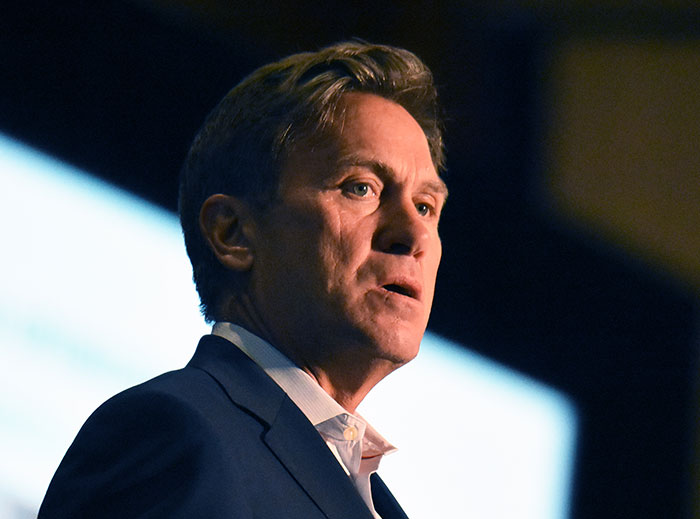Modern, forward-thinking retailers now are taking a more focused approach to international expansion, guided by analytics, to grow their store base along with their online operations. They’re equipped with more information about their customer base from multiple sources, and they’re finding a wider range of opportunities for store sites.
Granted, factors such as the trajectory of regional economies, capital flows, and geopolitical events still have significant influence on international expansion. But data now has taken its place among those leading influencers. It is an integral part of retailers’ efforts to determine their ideal balance of effective online operations and stores in the right locations.
A game-changer in this regard — for both international and domestic expansion — is data analytics, specifically massive mobile data. This essentially is mobile-phone tracking, often on an anonymous basis. Monitoring the movement of mobile phones can help a retailer or retail-center owner gain insights such as the average demographics of people visiting a specific location in a specific timeframe, where they spent most of their time in a center, and from where they arrived at the center.
This type of data is invaluable for retailers and retail landlords alike in making multiple critical decisions, including determining a given store or center’s trade area and clientele; where to open, close or remodel stores; how to position the merchandise and retailer mix; which customers to market to and where and when to set a store’s operation hours, among other considerations.
Retailers and others then cross-reference demographic data to massive mobile data by determining the census tracts from which most phones visiting their property are coming. That data then can be combined with what retailers know about their customers’ online purchasing habits to create a more thorough picture of the retailer’s clientele.
Massive mobile data brings substantial value in domestic retail expansion, and even more so in international expansion into countries where the service is available. Foreign retailers expanding into the U.S. now have a data-focused tool to help them study markets and locations that likely are entirely new to them. And many already are familiar with the concept. European companies were early adopters of massive mobile data.
Equipped with such a data analytics tool, modern retailers also have the advantage of knowing that they might not necessarily need to spend heavily to open a huge flagship store for branding purposes. The growth of e-commerce and social media now has allowed retailers to do much of their brand building online. They still need stores to allow customers to sample the product and experience the brand, but perhaps not as many stores or stores not as large as in the past.
Several international retailers entering New York City have opted to open small flagships in trendy submarkets such as SoHo. Gentle Monster, the South Korean retailer of fashion eyewear, opened its first United States store in SoHo in 2016. Among many others debuting in the U.S. with small stores in New York submarkets are British premium apparel brand Sunspel, Hong Kong jeweler Ame Gallery, Japanese furniture store Kamarq, and premium clothier Eleventy.
Another option increasingly available for expanding retailers are larger spaces vacated by struggling retailers such as Sears Holdings Corp. and defunct chains such as Sports Authority. In some cases, these spaces will allow international retailers to crack previously inaccessible markets due to high costs.
Such big-box locations also will be scouted by expanding entertainment uses such as Smaaash USA, the dining hall and gaming center concept founded by Indian entrepreneur Shripal Morakhia. That’s also the case for Round 1 Entertainment Inc., the Japanese bowling-and-amusement operator.
Overall, this supports an optimistic outlook for international retail expansion, albeit at a slightly slower but more efficient pace than in years past.
Brandon Famous is chairman of CBRE’s Global Retail Occupier Executive Committee.

